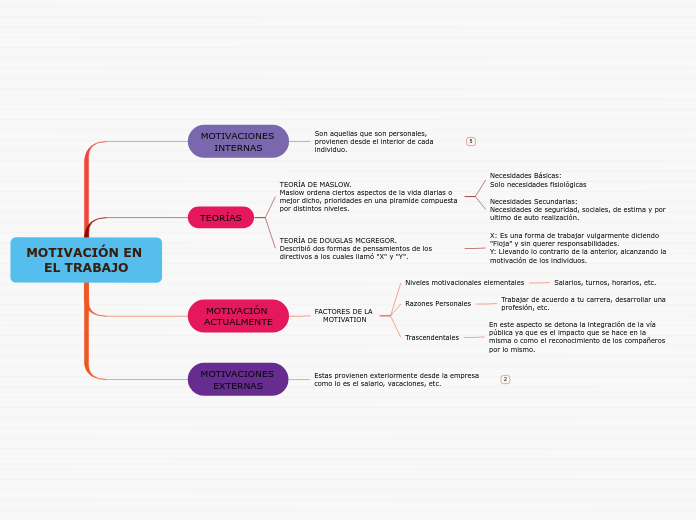por Francisco Alvarez Nuñez hace 5 años
430
MOTIVACIÓN EN EL TRABAJO

por Francisco Alvarez Nuñez hace 5 años
430

Ver más

To name your story, you have to think about the overall message and what you want your audience to understand from the story. Also, make it relevant and easy to remember.
The ending of a story is essential. We all know that if the ending is weak, what happened before loses its importance. So make it unpredictable, but fair. A resolved ending answers all the questions and ties up any loose threads from the plot.
This is the closure section of the story.
See examples of possible outcomes below:
Try answering these questions to come up with a closure:
- Have all the problems been solved?
- Is there a clear picture of what happens with each character in the story?
- Has the challenge transformed your main character?
- How do the characters feel in the end?
The middle of the story is where you add layers of complications that will lead to the end. Reveal more about the character's journey. Did their personality go through changes? How did they overcome the challenges? And as you build up the story’s central conflict, make it more personal to that character. Also, from the middle act, you have to lead into the final act.
Your character(s) need(s) motivation in order to solve the challenge(s).
En este aspecto se detona la integración de la vía pública ya que es el impacto que se hace en la misma o como el reconocimiento de los compañeros por lo mismo.
Secondary characters might also have motives that lead them to cross paths with the main character or which might trigger them to help the main character.
Trabajar de acuerdo a tu carrera, desarrollar una profesión, etc.
Secondary characters also might have motivs beacuse of which they may cross path with main character or which might trigger them to help the main character.
Salarios, turnos, horarios, etc.
In the beginning of the story (or the exposition), you will need to introduce the setting and characters. You might also want to introduce the main conflict. This part of the story is important because it gives the reader necessary background information and maybe even a first insight into a character’s personality.
Characters are essential to a good story. Usually, the protagonist(s) is/are the most affected by the plot. Introduce a character by focusing on their actions, interests, and occupation, as the physical appearance doesn't make a difference in most cases.
Type in the name of your character.
Other
Add other qualities/attributes of the character.
Main Goal
What is your character's main goal?
Character traits
Which traits best describe the character's personality? Choose more if necessary:
Type of character
Choose the type of your chacter: